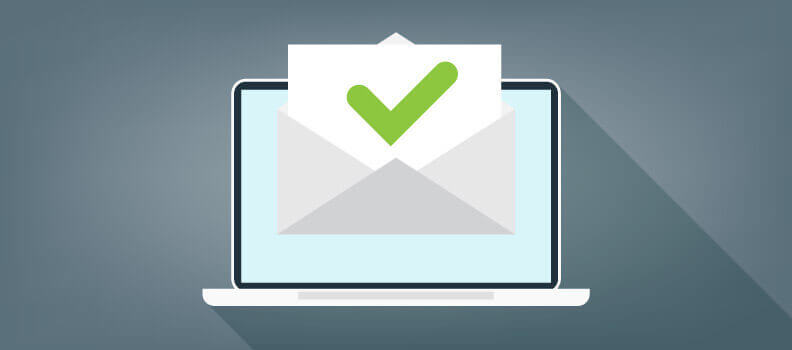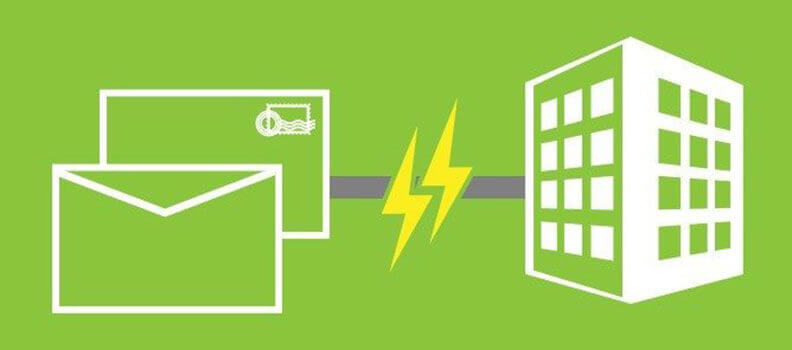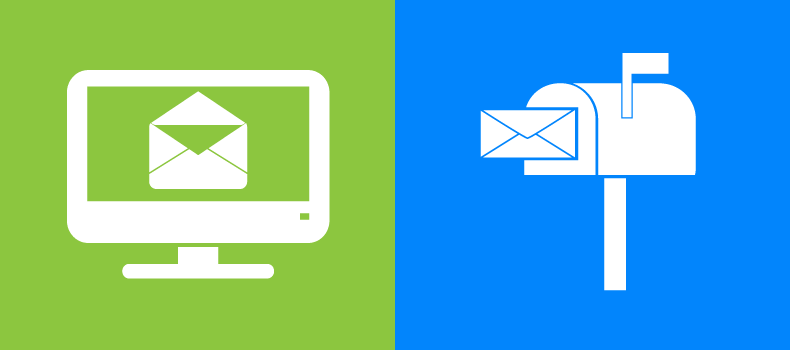Email validation still matters. Once thought a dying a medium, email marketing has become a top promotional channel in the digital marketing era. Recent email user data from eMarketer indicates that by 2019, 319.6 billion emails will be sent and received daily. Companies also report a stronger ROI from emails than from search engine optimization and other promotional strategies.
In lieu of this data, the importance of email validation has never been greater. Your company must ensure depth and accuracy when capturing or importing new contacts. The following is an overview of email validation and its significance!
Email Validation Basics
Email validation and verification are two key steps involved in the setup and effective delivery of marketing campaigns. Whereas verification is ongoing assessment of an email address’ accuracy, validation is the testing of the account when it is first submitted to your database.
The primary objectives of email validation are to confirm that the address provided exists, is accurate and is reachable through a server. Any hiccups in these areas mean that campaigns are undeliverable.
Process of Validation
The process of validating emails is typically automated through a software program. Your email service sends a test email to the provided or imported address. If the message is accepted, the email is validated. If it is bounced, or undeliverable, an error code is received. This code offers insight as to whether the address is problematic, or the host server is blocking delivery for some reason.
Why Validation Matters
You might wonder why a small or moderate number of bad addresses matter in the context of a large database of contacts. Because you normally pay for email service on a per-message or database bandwidth basis, you don’t want to waste money on bad contacts.
More importantly, a lot of invalidated and undeliverable contacts can negatively affect your entire campaign. High bounce rates can cause most of your contact servers to send your message to the “Junk” folder. Your own provider may even determine that your account is spammy if it has a lot of bad addresses.
Steps to Complete Validation
There are two basic approaches to safeguard your email marketing system from bad accounts. One is to invest in a technology infrastructure that enables you to test and throw out bad addresses through validation. With this strategy, you need to also invest in verification, which is ongoing review of accounts to guard against changes or inactivity.
Another common strategy is to outsource email marketing so that an expert firm manages validation and verification of your contacts. Thus, you don’t have to build up an infrastructure or worry about ongoing investment in these areas. Instead, you just develop and deliver quality campaigns to targeted prospects.

Conclusions
Given the significance of email marketing, validation is vital to success. Avoid the potential for problematic emails or the need to invest heavily in validation or verification; utilize the expertise of Salesgenie!
Salesgenie has a dedicated team of 300 researchers and invests $20 million a year in data validation and updating; start your free trial today!






